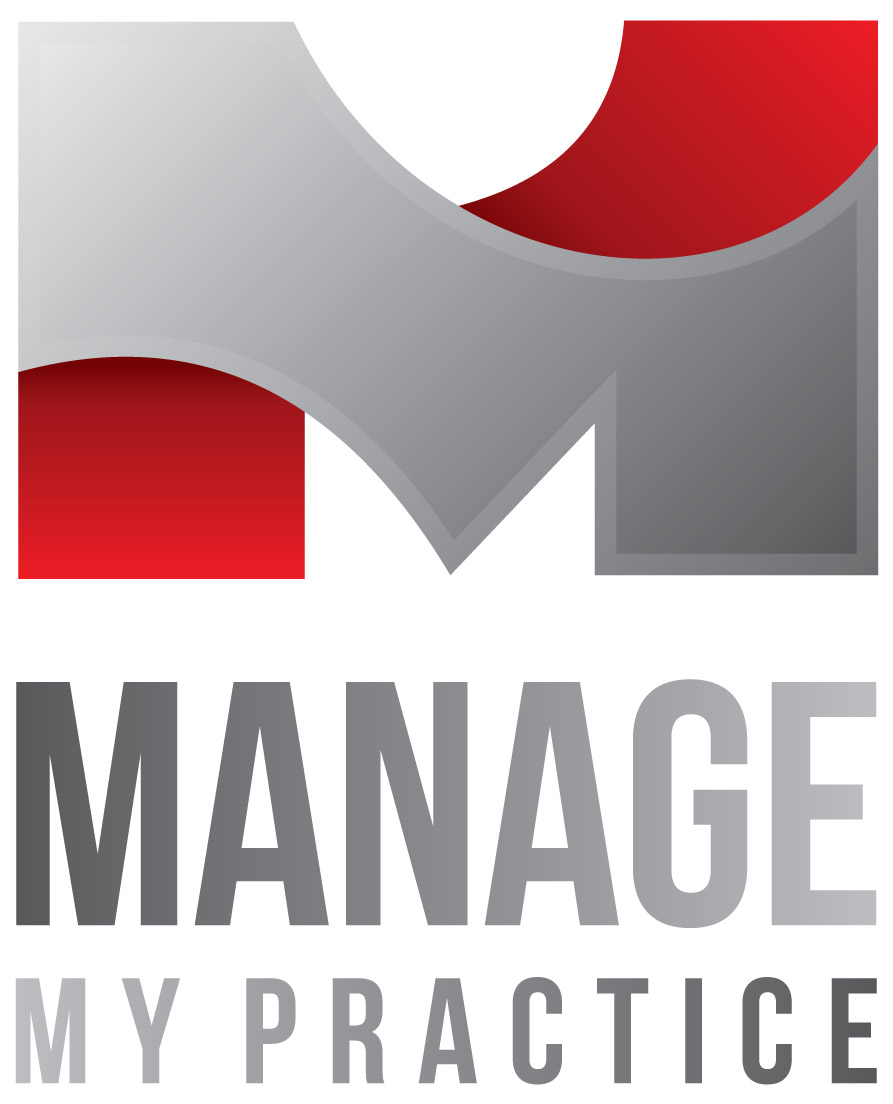HealthCampRDU Planning
HealthCampRDU is being planned around the concept of Innovating the Care Culture.
What does a Care Culture mean to you? Let us know your thoughts.
We are looking for participants to lead discussion sessions that focus on Care Culture themes that they are passionate about.
If you had 4 minutes and 4 slides what would you have to say?
Slide 1: What is the problem you are addressing?
Slide 2: What have you done to improve this situation?
Slide 3: What are your roadblocks/what don’t you know?
Slide 4: Who are you and what drew you to tackle this challenge?
Key Themes:
– Preventive Self Care / Educated Aging
– The Patient Experience / Care Transitions
– The Psychology of Engagement in Wellness
– The connected care team (who is in your team?)
Liked this post? Follow this blog to get more.





Slide 1 – PatEx addresses the problems in the deficiencies in after care delivery with an emphasis on patient satisfaction. Healthcare providers are tasked with lowering the cost of care with continuous pressure to increase the quality of care they provide. Clinically, this solution (1) improves patient outcomes by supporting after care plan compliance (2) improves communications between hospital and primary care medical provider. Financially, the solution (1) reduces re-admissions (2) improves patient satisfaction scores (3) streamlines operations.
Slide 2 – The PatEx system builds the continuum of care through satisfaction. Through engagement and empowerment, this free service increases satisfaction, improves care plan compliance and connects patients, providers and the healthcare community through Internet/Mobile technology.
Slide 3 – (1) What are the best technologies and methods that maximize patient engagement? The solution not only has to be accessible by a large population demographic but providers and patients have to use it – repeatedly and effectively. (2) The ability of healthcare organizations to understand and leverage patient care expectations and utilize them through care reconciliation. (3) What are the best digital gaming incentives to increase both satisfaction and outcomes?
Slide 4 – Patrick Talmadge Harris is CEO and Founder of PatEx, the revolutionary Patient Experience Management system. I am a driven and visionary healthcare entrepreneur with the dream of building a revolutionary healthcare technology company. Responding to the needs of healthcare providers tasked with decreasing the rising cost of care while simultaneously improving the quality of care, I created PatEx. We are in an age of consumer-driven healthcare were digital engagement and empowerment as well as expectation management are critical factors in the delivery of care in the United States.
Slide 1: What is the problem you are addressing?
The average medication adherence rate is 50% (World Health Organization), with unnecessary medical costs associated with medication non-adherence reported to be $290 billion per year (New England Health Institute).
There are many entities addressing medication non-adherence – the challenge is that there exists no comprehensive resource so that individuals and those responsible for their care can readily locate and understand the many options available to them.
Slide 2: What have you done to improve this situation?
MedicationAdherence.Org’s goal is to be that comprehensive medication adherence resource, an interactive portal. MedicationAdherence.Org will communicate, across a variety of platforms, the wide array of medication adherence resources available so that individuals and those responsible for their care can develop a personalized approach to improve an individual’s medication adherence and health.
MedicationAdherence.Org envisions multiple platforms to make available the collected / categorized medication adherence information:
• Website: http://www.MedicationAdherence.Org/ has already been reserved.
• Twitter: @MedAdherenceOrg is an active Twitter account with 275+ followers and 450+ tweets.
• Facebook, YouTube and LinkedIn accounts/groups have already been reserved.
Slide 3: What are your roadblocks/what don’t you know?
The sheer volume of medication adherence related information is daunting. At a high level, there are 3 dimensions of medication adherence:
1. Causes of medication non-adherence
2. Medication adherence resources / solutions
3. Medication adherence participants / players
Making MedicationAdherence.Org a reality encompasses several challenges:
• Collection, sorting and inclusion of relevant content. Since the site will incorporate content across all three dimensions, thought must be put into how each piece of content correlates to each of the dimensions.
• With an abundance of medication adherence content / links, website ease of use is of great importance so that the website visitor can quickly locate what (s)he needs.
• There is an expectation that the medication adherence “community” will be a source of content as there are many entities that are involved in medication adherence. In addition to primary research, requests for input will be solicited across the various platforms.
• Keeping the website “fresh” is also of prime importance so that website visitors return frequently. The ongoing search for new content, an active social media presence and frequent surveys all contribute to continual site updates.
Slide 4: Who are you and what drew you to tackle this challenge?
My name is Mitch Strobin and I transitioned my focus to healthcare (telehealth, medication adherence) in 2009 after a career in telecommunications. I have worked in 4 early stage start-ups, the last of which focused on one medication adherence solution area. It’s very clear that there is no one elixir to addressing medication non-adherence…the more research I conducted, the more I realized the broad spectrum of causes, solutions and players in this space…which has to be overwhelming for individuals and caregivers trying to determine the best strategy to improve their own adherence and health.
Slide 1:
Getting people healthy and helping them stay that way is challenging work. The more information care providers have at their fingertips, the more successful their efforts will be. But care delivery teams are most often unable to use all the relevant data available to drive their patient care decision making. Multiple information systems don’t communicate with each other and reports and dashboards from data warehouses tabulate data, but don’t provide answers to questions. Strategic Analytics for Healthcare effectively applies powerful analysis techniques to deliver actionable information to the care team, at the most effective times and places.
Slide 2:
Care delivery organizations are pouring resources into data warehousing for storage of the massive quantities of data generated available to them. Integration of clinical data from the medical record with claims feeds, lab results files and pharmacy data is a necessary investment but is by itself insufficient. The right analytics architecture will transform the potential of the data warehouse into realized efficiencies and effectiveness in patient care. I help care teams embed evidence-based decision support into the heart of the care workflow, replacing bloated reports and meaningless dashboards with timely and clinically-relevant information to equip practitioners with the information they need in the exam room and at the bedside. Best practices are readily disseminated through the care team and administrators have data to demonstrate clinical quality to payers and regulators.
Slide 3:
The effects of federal health reform activities on the delivery of care remain unclear. We certainly will see reimbursement transformation, ICD-10, and risk sharing in the near future; but in what forms it’s hard to predict. Laying in an information analytics infrastructure now prepares care providers for success in the quality- and value-based future into which we head.
Providers have a lot on their plates and so little time to focus on each of their patients. Technology has not always lived up to the promise of improving users’ effectiveness or increasing their efficiency. It important that the coming wave of analytics for care delivery avoid the complexity trap and integrate into the care team’s workflow in a value-added way.
Slide 4:
I’m Stephen Blackwelder and I’ve spent the past dozen years developing anlaytic solutions to health care management for payers and providers. Troubled by the limited success of payer-based care management, I left the insurance industry to bring to providers the information and tools they need to maintain and restore the health of their patients. My goal is to restore care providers to their appropriate location in the center of a web of patient health information from which the very best treatment decisions can be made.